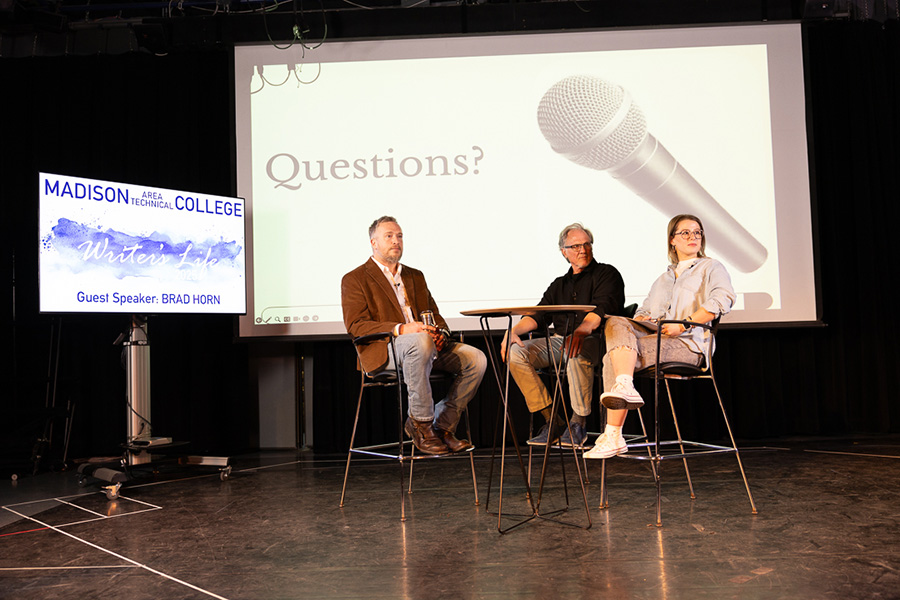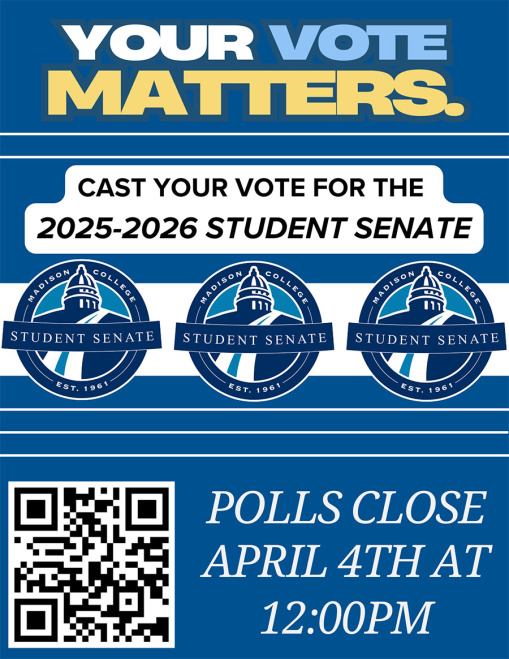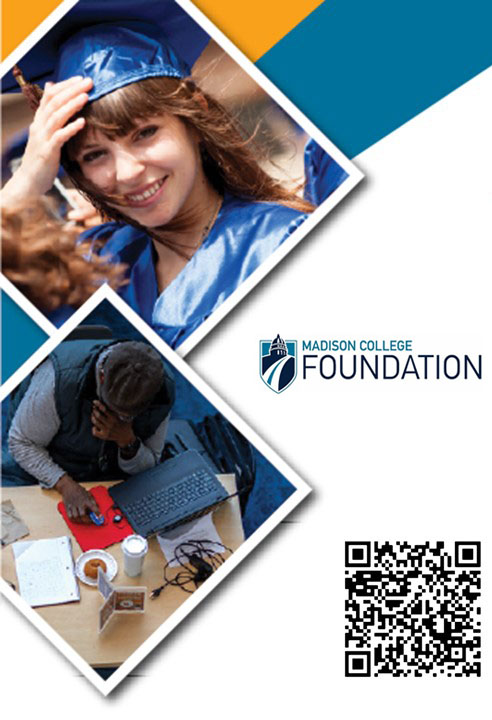Student debt is a decisive issue for many millennials
November 1, 2016
Student debt is weighing down a generation. College students have a lot to be stressed about: papers, exams, time management, and perhaps the biggest issue of all, money. Especially debt.
Right now, student loan debt in the United States is $1.2 trillion spread out among 43 million borrowers according to marketwatch.com. The average 2016 graduate leaving college owes more than $37,000.
A majority of students who are going to school are also working a part time job or jobs to pay for college. With textbooks, transportation, food, and rent expenses, most working students still need to borrow money to make ends meet while going to school.
After graduation, they are either working at those same part time jobs or they’re starting a career, but at the entry level and lower end of the pay scale. Much of their salary goes to paying off their student loan debts.
Student loans can create a snowballing crisis for borrowers. Debt that isn’t repaid can lead to default, a damaged credit score, and even garnishment of wages.
Students at Madison College have their on own opinion on what needs to be done to get rid of the student debt crisis in America.
“School is way too expensive,” states Fritzs van Steenderen, a mechanical engineering student at Madison College. “People who take out loans are not educated about them.”
Steenderen believes that colleges should have a mandatory class for first-year students focusing on finances. Steenderen also adds that tuition is too high for most students and should be lowered.
Another Madison College student, Tim Bailey, says student loans should be an interest rate system.
“(Student loans should be) more of an investment for people’s education,” Bailey said. He adds that student loans should be handled in the same way as social security. Money should be made available as loans for students who need to pay for school but don’t have the money available at the time.
Houa Kong Meng Thao, a Madison College student who stands with Hillary Clinton, said 80 percent of families in the United States need more affordable continuing education.
Thus, it isn’t surprising that student loan debt and college affordability is a major campaign issue this election. Both major party candidates for president agree with students and their families that there is a problem, and each are pitching his or her ideas as the best way to ease student burden.
Clinton, in what she calls her “New College Compact,” said she is looking at a plan for affordable education where “costs won’t be a barrier,” according to her website. “By 2021, families with income up to $125,000 will pay no tuition at in-state four-year public colleges and universities,” she promises. Clinton adds, “that all community colleges will offer free tuition.”
“To reduce the burden for future borrowers, Clinton will significantly cut interest rates so the government never profits from college student loans,” according to her website.
On his website, Donald Trump notes he is looking forward to: “Work[ing] with Congress on reforms to ensure universities are making a good faith effort to reduce the cost of college and student debt in exchange for the federal tax breaks and tax dollars.”
Trump says he wants to ensure that students have the opportunity to go to a two-year, four-year college, or technical school. He says he will make it easier for them to access college, pay off their debt, and complete their education. Trump says he will cap the repayment rate at 12.5 percent of a borrower’s income. He also mentioned his student loan policies, but he has not mentioned the cost of this plan.
Will the student debt crisis be the next subprime mortgage crisis facing this country, as some have predicted? What happens at the polls on Nov. 8 just might be the answer to that question.






























